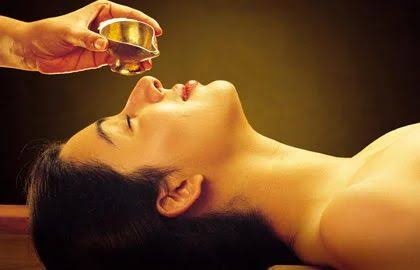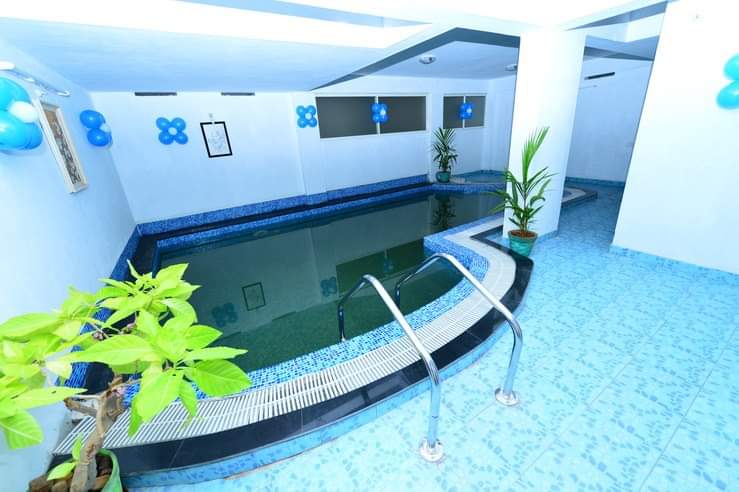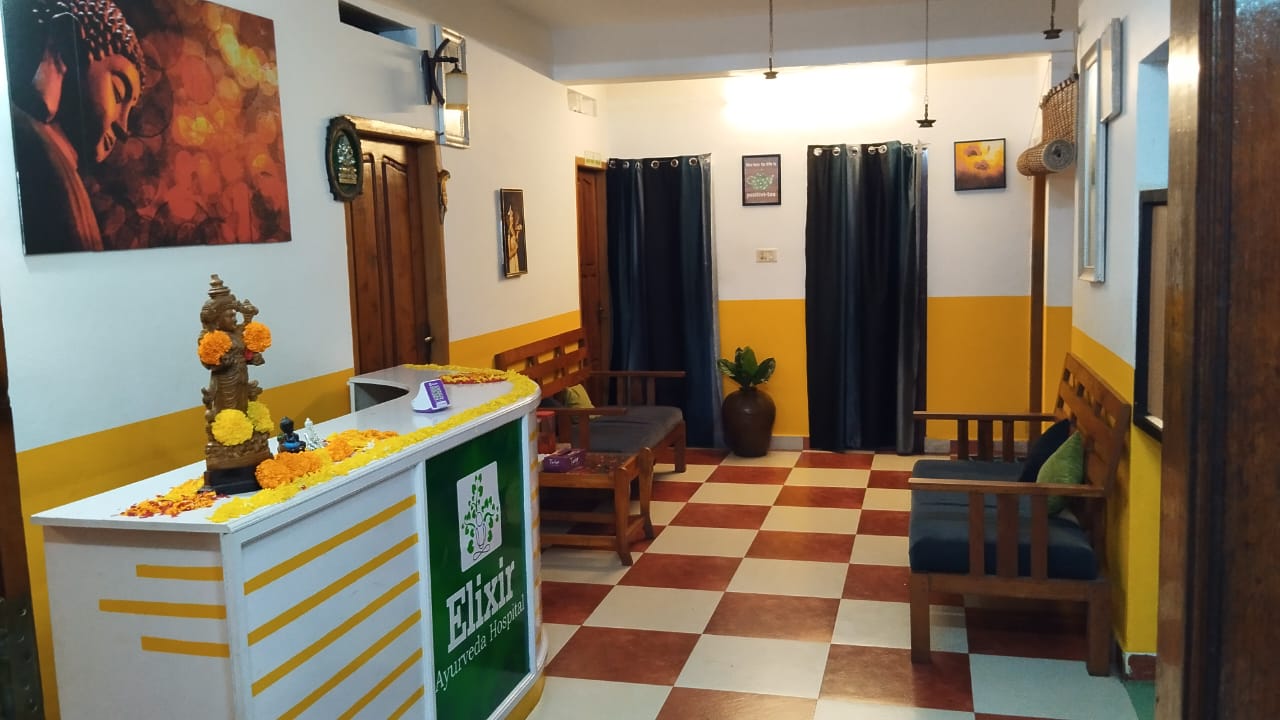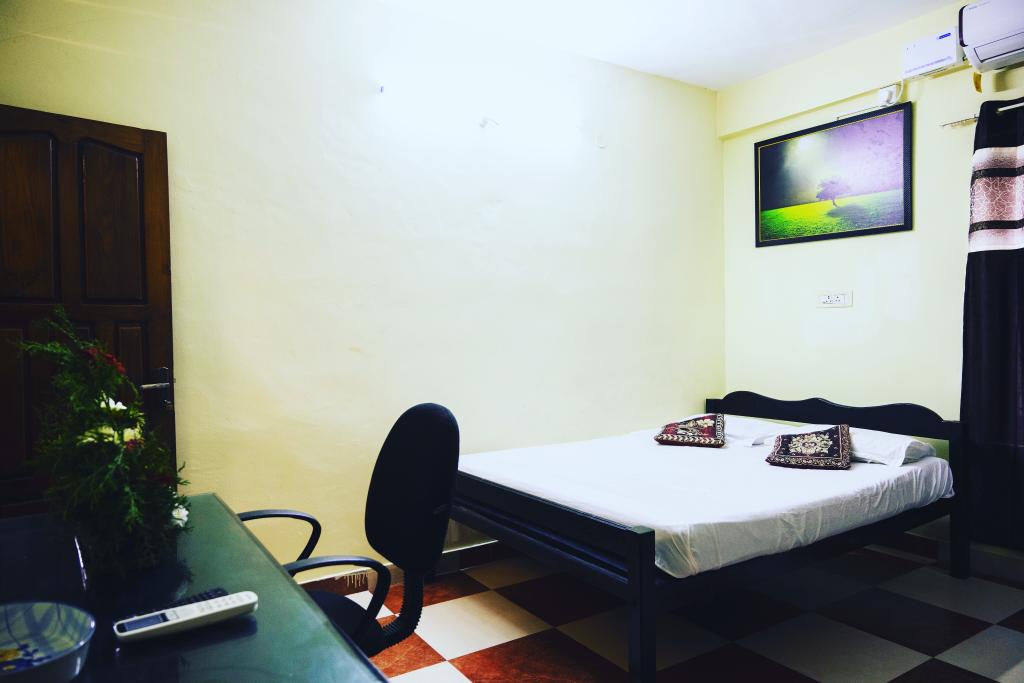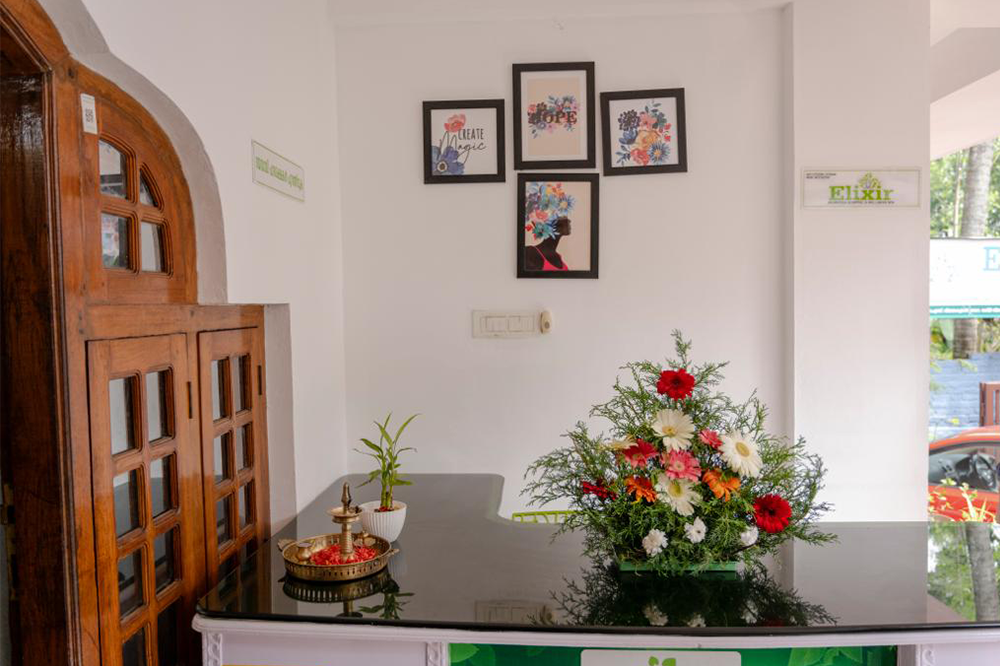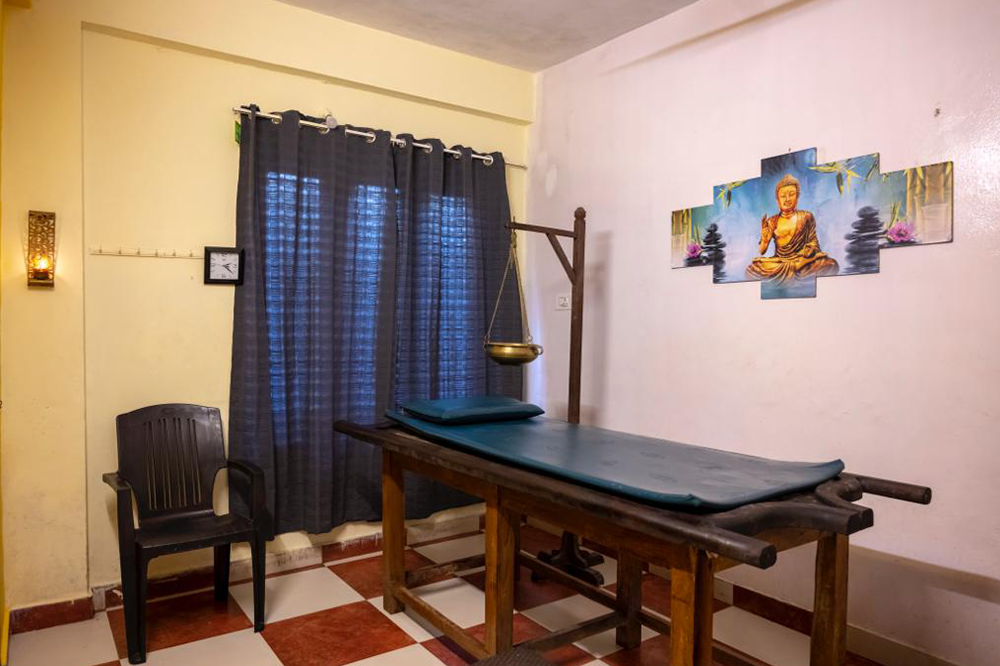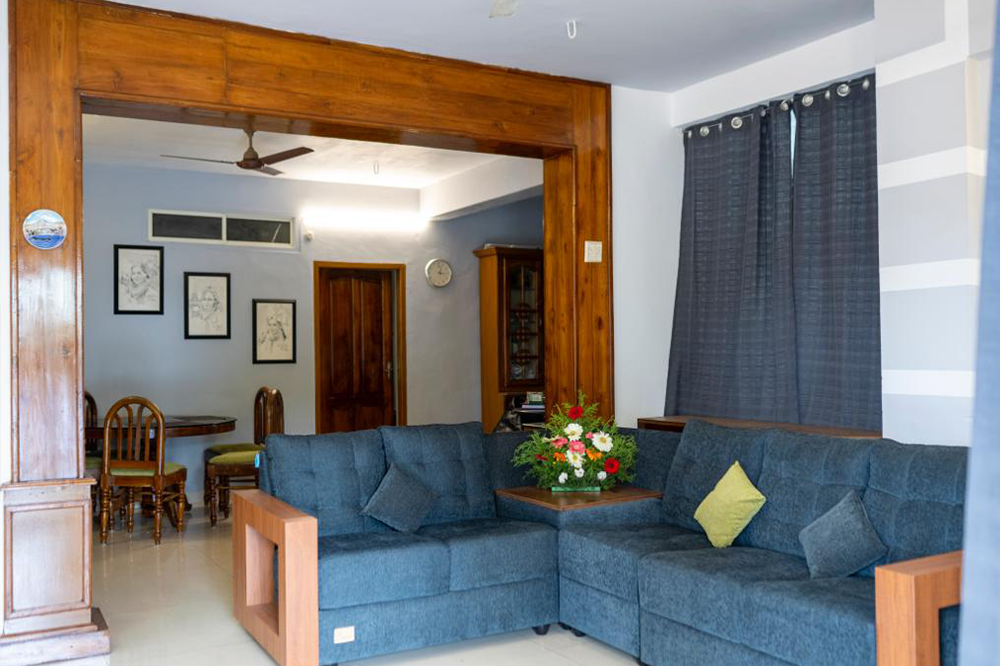In the bustling pace of modern life, where stress and toxins seem to be inescapable, the quest for rejuvenation and inner cleansing becomes imperative. Panchakarma treatment is an ancient Ayurvedic therapy, offers a profound pathway to purify not only the body but also the mind and consciousness. It involves a series of cleansing steps, meticulously designed to address the root causes of imbalances and remove the toxins that accumulate over time. The ultimate goal? Fostering overall health and well-being
A Personalized Journey to Rejuvenation
One of the most remarkable aspects of Panchakarma is its deeply personalized approach. Every Panchakarma treatment is uniquely tailored to an individual's specific constitution and ailment. Such individualization demands close observation and supervision throughout the process, making it a complex yet highly effective healing method.
Ayurvedic Science: Treating at the Root
Ayurveda, often referred to as the science of life, predominantly offers two types of treatments:
Shamana Chikitsa:
Shamana Chikitsa involves administering herbal medicines to alleviate symptoms. While this method provides relief, it does not address the root cause of the ailment. Unfortunately, diseases treated with Shamana therapy may reoccur.
Shodhana Chikitsa (Panchakarma):
Shodhana Chikitsa, commonly known as Panchakarma, focuses on the purification of the body from within, employing a combination of procedures that collectively form a holistic approach. Conditions treated through Shodhana or Panchakarma therapy are less likely to resurface, as this method delves deeper, reaching the very source of the imbalance.
The Five Pillars of Panchakarma
Panchakarma treatment is a specialized ayurvedic therapy that involves the internal purification of the body through five procedures. Panchakarma, a term derived from Sanskrit meaning "five actions," encompasses five fundamental procedures:
Vamana (Therapeutic Emesis):
Ayurvedic cleansing entails inducing vomiting to eliminate excess mucus and toxins from the body. This procedure is particularly beneficial for individuals with kapha-dominant diseases and effectively addresses respiratory and digestive tract disorders.
Virechana (Purgation Therapy):
Virechana proves advantageous in treating pitta-dominant diseases but is also helpful for individuals with imbalances in kapha and vata. It utilizes Ayurvedic herbs to induce bowel movements, facilitating the elimination of toxins and promoting overall health and hormonal balance.
Basti (Therapeutic Enema):
Often regarded as the cornerstone of all Panchakarma procedures, Basti purifies the body through the colon and rectum. There are two types of Basti:
Anuvasana: Enema of medicated oils
Asthapana: Enema of decoctions
Basti therapy employs enemas to cleanse the colon, making it an invaluable treatment for digestive disorders, constipation, and hemorrhoids.
Nasya (Errhine Therapy):
Nasya involves the administration of medicated oils through the nasal passages, with Anu thailam being a commonly used oil. This procedure effectively addresses allergies, headaches, sinus issues, and other respiratory concerns, offering much-needed relief.
Rakthamokshana (Blood-Letting):
Rakthamokshana involves blood-letting, usually accomplished using leeches placed on the body. It is a valuable treatment for various skin and blood disorders, contributing to blood purification and overall well-being.
Transformation Through Panchakarma
Partaking in Panchakarma offers a plethora of benefits, significantly enhancing overall health and well-being:
Improves Health and Wellness:
Panchakarma effectively detoxifies the body and mind, promoting a state of inner balance and well-being.
Eliminates Toxins:
The cleansing procedures of Panchakarma help eliminate accumulated toxins from the body and mind, alleviating the risk of various health issues.
Strengthens the Immune System:
Regular Panchakarma sessions boost the immune system's resilience, making you less susceptible to illnesses.
Slows the Aging Process:
Panchakarma is known to slow down the aging process by reducing stress and its negative impact on the body and mind.
Promotes Relaxation:
The deep relaxation and rejuvenation experienced through Panchakarma provide a profound sense of well-being.
Embarking on a Healing Journey with Panchakarma
In the serene and picturesque landscape of Trivandrum, Kerala, you have the opportunity to commence a profound journey of self-discovery and healing, guided by the ancient wisdom of Panchakarma. Under the care of experienced Ayurvedic practitioners and surrounded by the natural beauty of Kerala, you can experience the transformative power of Panchakarma. Release the burdens of toxins and imbalances and embrace a life filled with vitality and well-being. Explore the secret to lasting health and embark on a holistic path to healing and rejuvenation with Panchakarma in Trivandrum, Kerala.
FAQ s,
Q1. Can a normal person without any diseases have panchakarma treatments?
Yes, even a healthy person can have panchakarma treatment for proper health maintenance for a long time.
Q2. Can anyone go for work while doing panchakarma treatment?
If your work doesn't involve much physical activity, then you can definitely go to work. Generally, a person undergoing panckarma would need some rest.
Q3. What are the post panchakarma procedures?
After undergoing panchakarma procedures, there is a set of diet and lifestyle guidelines to be followed for a period of 7-14 days to enjoy the maximum benefits of panchakarma.
Q4. How long does it take to see the results of panchakarma treatment?
The result of panchakarma treatment may vary depending in the individual's needs and goals. Some individuals may see immediate results, while others may experience gradual improvement over time.
Q5.what can I expect after full course of panchakarma therapies?
During the programme, you may notice changes on mental, physical and emotional levels. This is a beneficial step towards optimal health.


